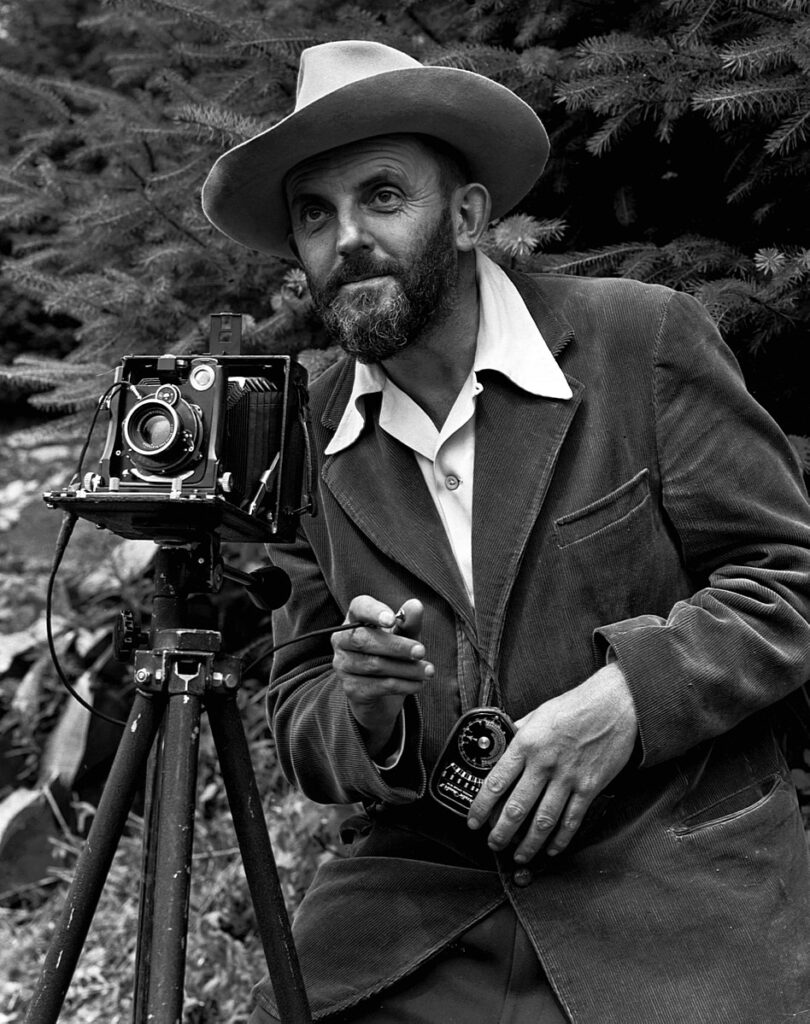Some people like to say that if you spend all your time outdoors, playing in nature, then you have no culture. But as a friend once responded to that criticism: “We have lots of culture. We raise fish, that’s aquaculture! And we grow trees, that’s silviculture!”
But nature and culture also blend in the true meaning of culture—the pursuit of the arts, music, painting, and literature. November is a great month to emphasize this, because several outstanding examples occurred in nature.
November 1, for example, is the day on which renowned photographer Ansel Adams snapped his most famous photograph—“Moonrise over Hernandez, New Mexico.” (learn more about the photograph here) That photo is a perfect example of Adams’ quote about his photography: “Sometimes I do get to place just when God’s ready to have somebody click the shutter.” (learn more about Ansel Adams here).

The month ends with the birthday of another lover of nature, Mark Twain, born on November 30. Mark Twain’s writings are inexorably intertwined with nature, as were most of his life’s adventures. He reveled in the coming and going of nature’s rhythms, saying, “To one in sympathy with nature, each season, in its turn, seems the loveliest.” (learn more about Mark Twain here).
November 22 is a special day for nature’s music as well. On the day, Ferde Grofe’s Grand Canyon Suite premiered in 1931. This musical piece is the apex of Grofe’s many tributes to nature in his compositions. His inspiration was a camping trip at the canyon when he experienced the slow awakening of the landscape at dawn. (learn about Grofe’s work here).
Poetry finds its way into November’s recognition with the birthday of William Cullen Bryant on the 3rd in 1794. Bryant is the ultimate “romantic poet,” finding inspiration in the beauty of nature. He walked many miles every day, letting nature absorb his senses and thoughts. His paean To a Waterfowl is generally considered the most beautiful poem ever written. (learn more about Bryant here).
Although not listed in the calendar, November 9th is National Visit an Art Museum Day. So, if the weather leaves you housebound some day this month, why not head to your local art museum and look for nature there. You’ll be sure to find it!
